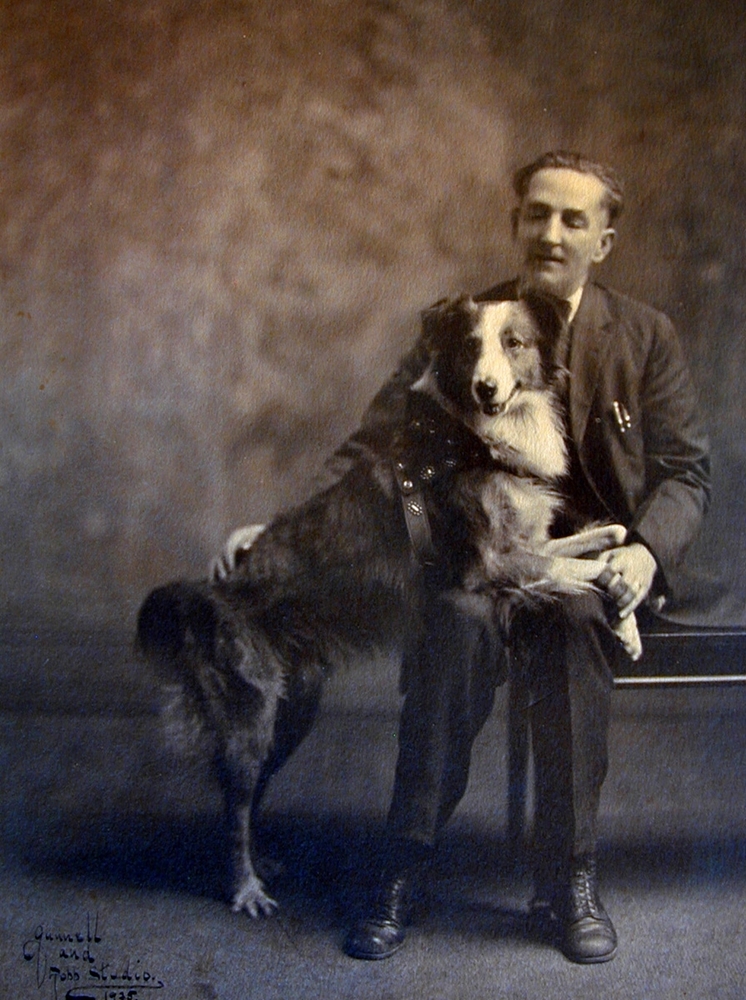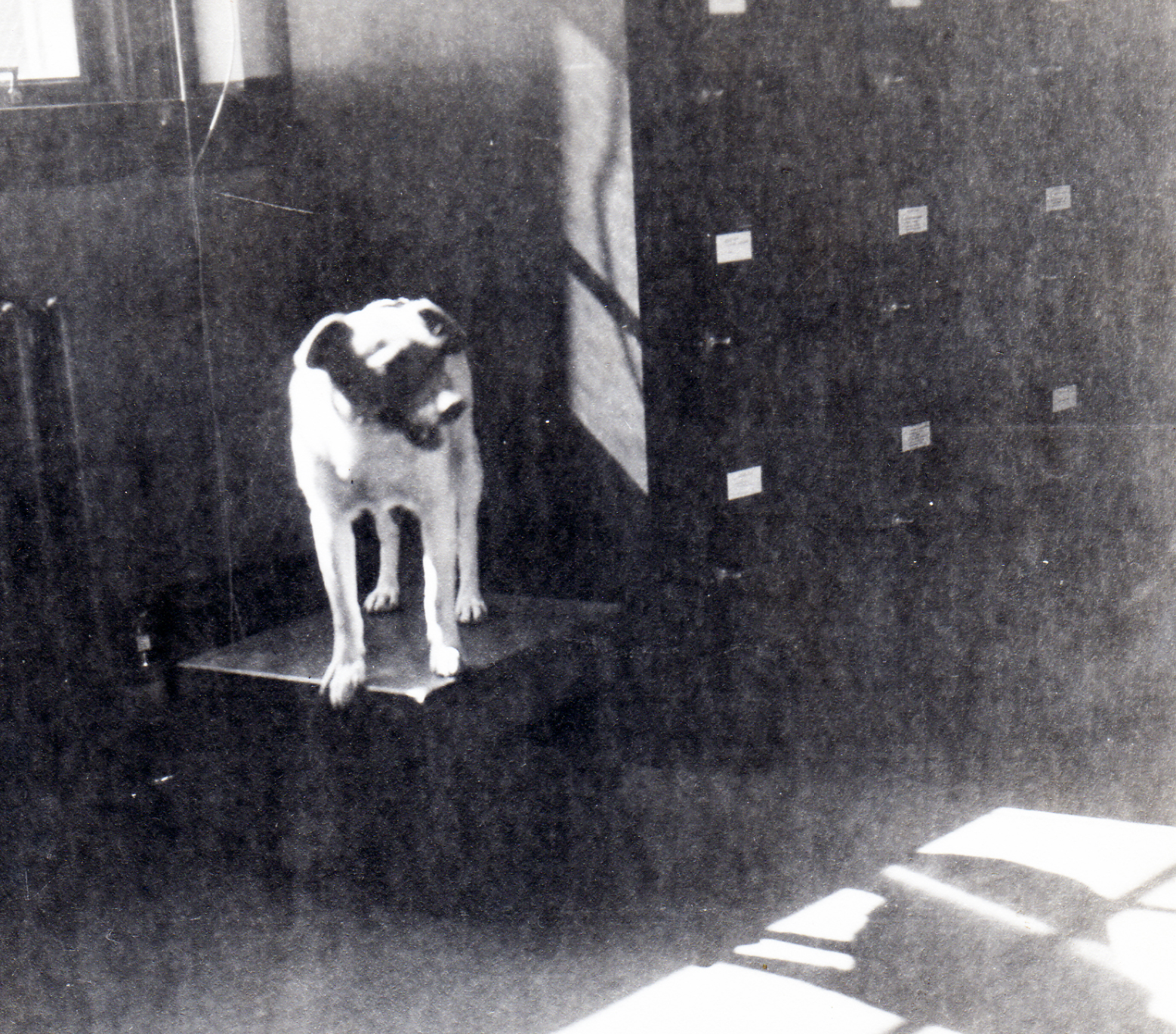Guide Dogs for the Blind is a nonprofit organization that provides service dogs to the blind, with schools in Boring, Oregon, and San Rafael, California. It is the largest organization of its kind in the United States, having provided more than 11,000 trained guide dogs to blind people throughout North America for 60 years.
Guide dog trainers Lois Merrihew and Don Donaldson founded Guide Dogs for the Blind in 1942 in the San Francisco Bay area. Merrihew’s lifelong dream was to train guide dogs, but she had been told that women were not physically or emotionally fit for such work. That solidified her resolve to become a guide dog trainer.
World War II had increased the need for guide dogs for blinded veterans who were returning home. Merrihew and Donaldson offered their services to the American Women's Voluntary Services, and with help from that group and others, they opened Guide Dogs for the Blind. In the early days, the school operated out of a rented house in Los Gatos, California, but it eventually moved to San Rafael. To meet a growing demand for service dogs, the organization opened its second campus in Boring in the fall of 1995.
Guide Dogs for the Blind is recognized worldwide as a model for innovative guide dog training. The staff and volunteers breed yellow and black Labrador retrievers, golden retrievers, and Labrador/golden retriever crosses for use as service dogs. The trainers choose dogs for the program based on their size, intelligence, temperament, and health. Retrievers work best due to their eager-to-please personalities and their weather-adaptable coat that allows them to live anywhere from Alaska to Florida.
From birth, the puppies receive care from a team of experts that includes veterinarians, technicians, consulting specialists, and volunteers. At the age of eight weeks, the young dogs live until they are seventeen months old with volunteer families who raise them under strict guidelines. The dogs then return to the campus to receive formal training.
Not all of the dogs make the final cut, and about 40 percent of the canines that go through the training never graduate due to health or behavioral issues. They become what the organization calls “career change” dogs, and many become service dogs for people with health issues or work in other fields such as search and rescue.
Each month, classes of students arrive at campuses in Boring and San Rafael to meet their guide dogs and to take part in a weeklong training. Guide Dogs for the Blind provides all of the services, including transportation and room and board for the training at no cost to the students. The Oregon campus employs about 65 people and graduates 144 clients and dogs each year.
When the dogs become elderly, they retire, and the human graduate is invited to return to Guide Dogs for the Blind for training with a new guide dog. When a Guide Dog retires from active guidework, their blind partner may decide to keep the dog as a pet or place it with family members. If that is not possible, then the volunteers who originally raised the dog are asked if they would like to adopt the dog as a pet. If that is not an option, Guide Dogs for the Blind has a Dog Placement department that will find a home for the dog.
-
![]()
Melba King of Seattle with new guide dog from the California training school of Guide Dogs for the Blind, 1952.
Oregon Historical Society Research Library, Oregon Journal Collection, 011982
-
![]()
Vernetta Stream Judd walking with a baby and a guide dog on SE 84th Ave in Portland, 1953.
Oregon Historical Society Research Library Digital Collections, Al Monner news negatives; Org. Lot 1284; Box 45; 2142-2
Related Entries
-
Bobbie the Wonder Dog
Bobbie the Wonder Dog, of Silverton, was the canine hero in a story tha…
-
![Two-Bits, the World War II Lookout Dog]()
Two-Bits, the World War II Lookout Dog
A persistent fox terrier named Two-Bits earned a brief measure of natio…
Map This on the Oregon History WayFinder
The Oregon History Wayfinder is an interactive map that identifies significant places, people, and events in Oregon history.
Further Reading
"History of Guide Dogs for the Blind." Guide Dogs for the Blind.
Von Lunen, Jacques. "Pet Talk: Guide Dogs for the Blind graduates its first class of the year in an emotional ceremony." Oregonian, Jan. 26, 2010. http://www.oregonlive.com/pets/index.ssf/2010/01/pet_talk_guide_dogs_for_the_bl.html.




